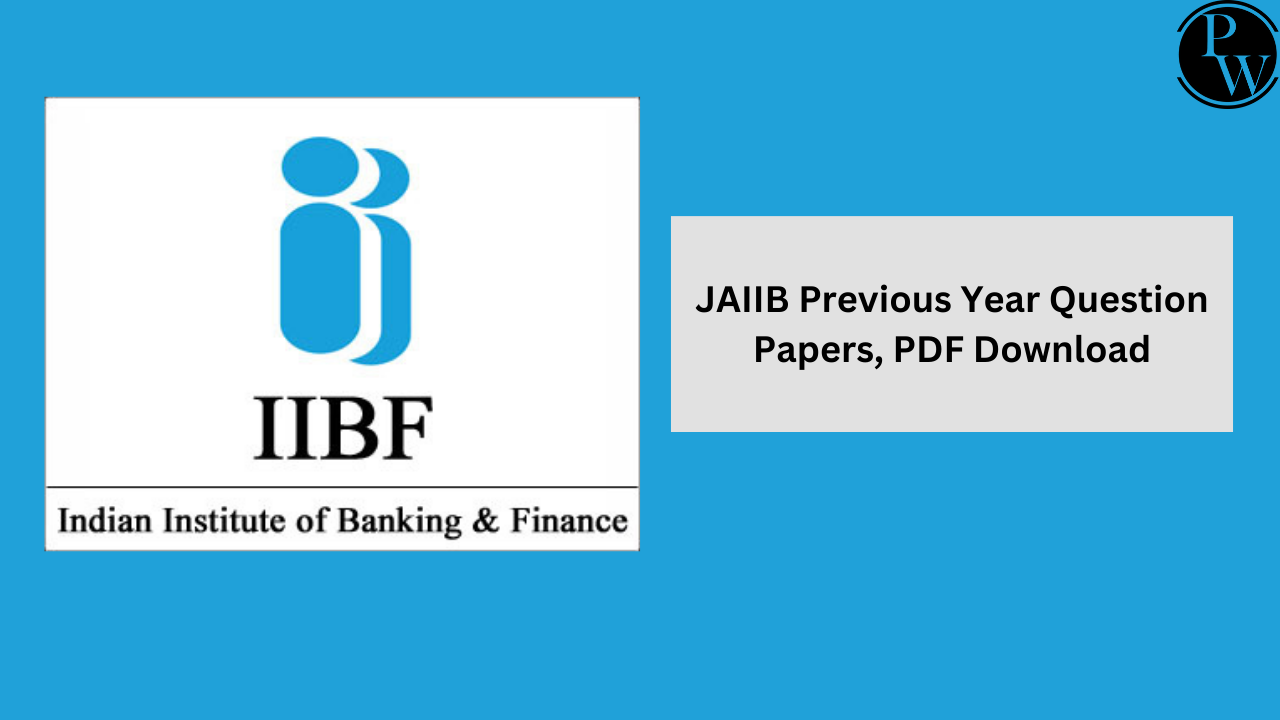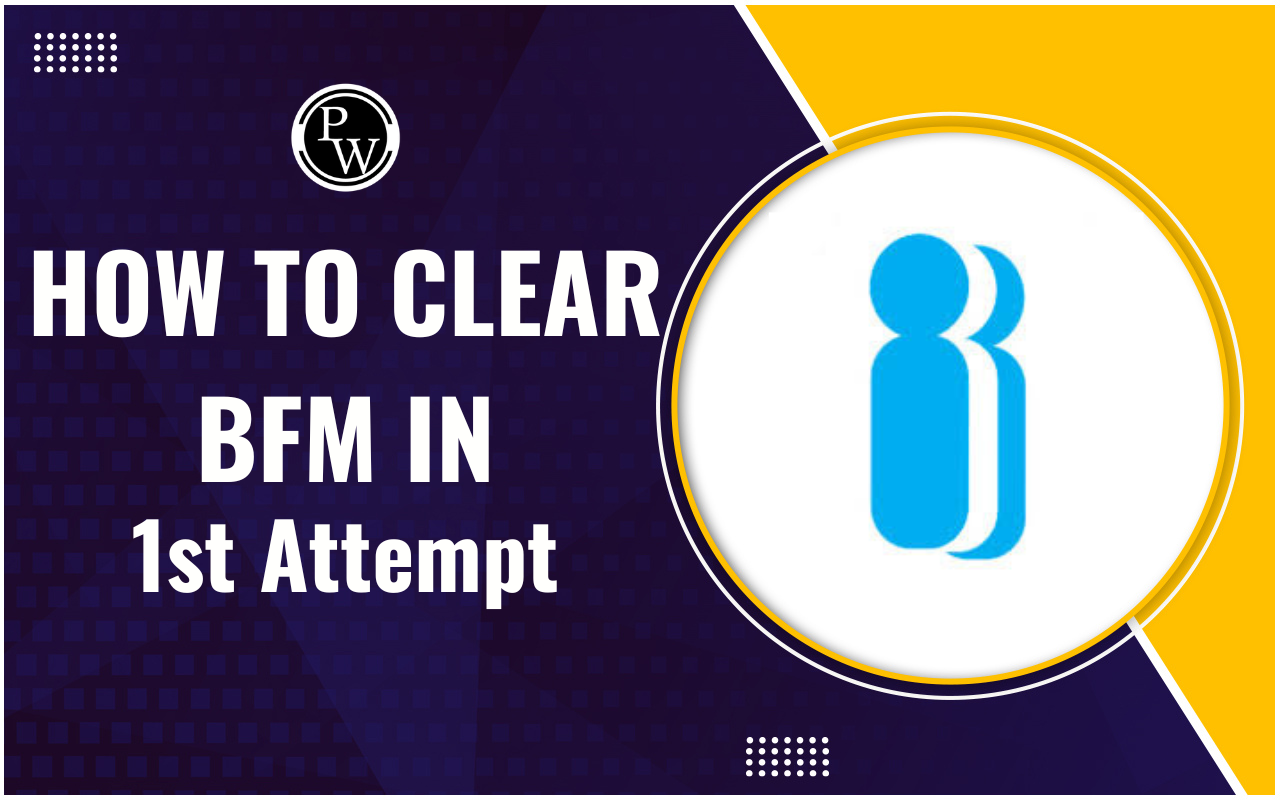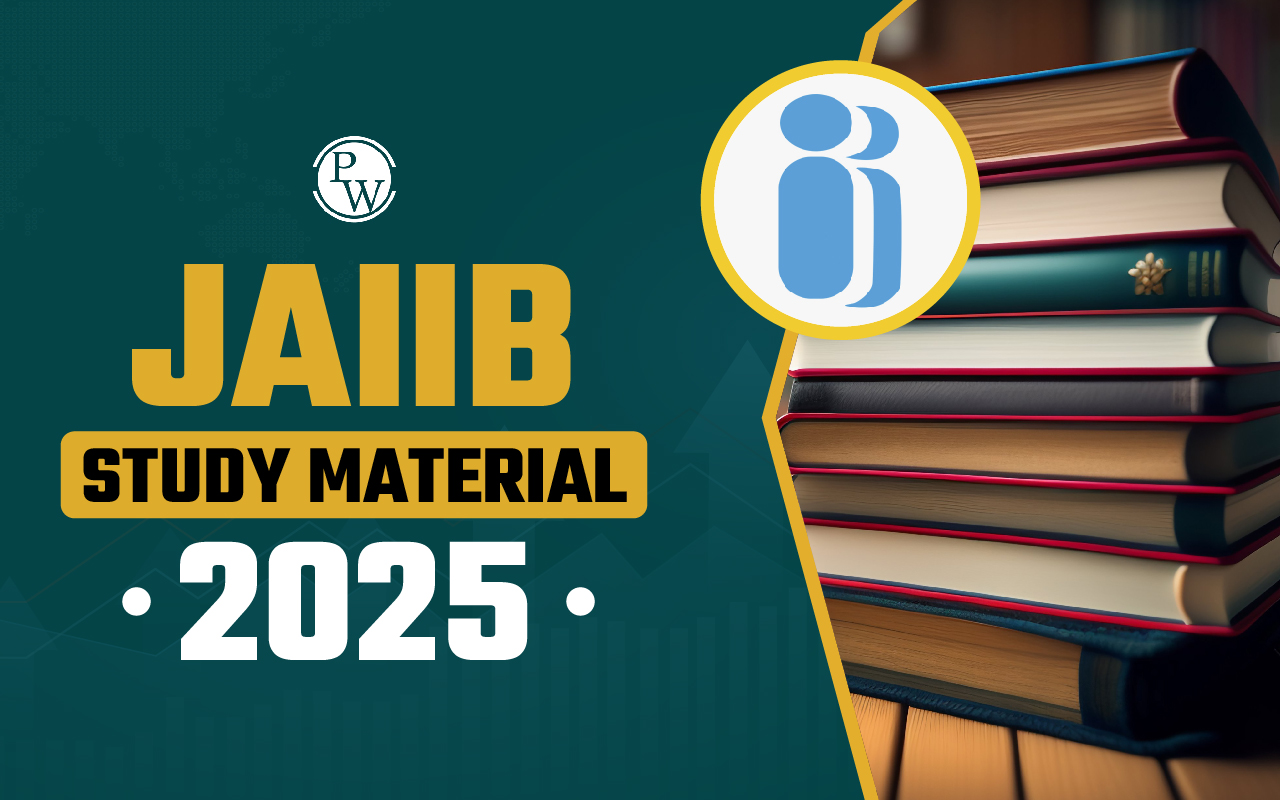

Securitization and Reconstruction of Financial Assets and Enforcement of Security Interest: The Securitization and Reconstruction of Financial Assets and Enforcement of Security Interest (SARFAESI) Act, 2002, empowers banks and financial institutions in India to effectively manage and recover non-performing assets (NPAs) without the lengthy court processes. This legislation facilitates the conversion of defaulted loans into marketable securities, which can then be sold to recover outstanding dues.
Additionally, the act provides lenders with the authority to reconstruct or manage the distressed assets, including rescheduling payment terms or selling parts of the assets. To ensure seamless operations, a comprehensive register, incorporating Know Your Customer (KYC) details, is maintained in both electronic and non-electronic formats. Aspiring JAIIB/CAIIB candidates and banking professionals can find comprehensive details here on the objectives, significance, and mechanisms of the Securitization and Reconstruction of Financial Assets and Enforcement of Security Interest (SARFAESI) Act, 2002.What is SARFAESI Act, 2002?
The Securitization and Reconstruction of Financial Assets and Enforcement of Security Interest Act, governed by Section 13(2), plays a crucial role in the banking sector. Banks and financial institutions lend money to individuals and organizations, who, in turn, invest it for various purposes. However, sometimes borrowers are unable to repay their loans due to investment losses or fraudulent activities. Previously, recovering these dues through the court was a lengthy process. Section 13(2) of this act grants banks and financial institutions the authority to recover dues using different procedures. If a borrower defaults on their debt repayment or installment, the lender can classify the account as non-performing and issue a notice to the borrower. Furthermore, if the borrower fails to respond within sixty days, the lender can take necessary actions to recover the dues as per the provisions of the act.Objectives of the Enforcement Security Interest Act
The Securitization and Reconstruction of Financial Assets and Enforcement of Security Interest (SARFAESI) Act, 2002 seeks to accomplish numerous goals. Check here for complete details on the Objectives of Securitization and Reconstruction of Financial Assets and Enforcement of Security Interest Act:- Efficient Recovery of NPAs: One of the main goals of the act is to enable financial institutions to swiftly and effectively recover non-performing assets (NPAs).
- Legal Framework for Securitization: It provides a legal framework for conducting securitization activities, allowing financial institutions to convert non-performing assets into marketable securities.
- Auctioning Properties: The act allows financial institutions to auction off properties pledged as collateral when borrowers fail to repay their loans, ensuring that the lenders can recover their dues.
- Loans where the amount owed is less than 20% of the principal and interest.
- Transactions governed by the Sale of Goods Act or the Indian Contract Act.
- Leases that do not involve any security interest.
- Assets covered under section 60 of the Code of Civil Procedure, 1908.
How SARFAESI Act, 2002 Functions?
The SARFAESI Act, 2002, empowers banks and financial institutions to take action against defaulting borrowers. Here are some important points on How SARFAESI Act, 2002 works:- Classification of Non-Performing Assets (NPAs): When borrowers default on loan repayments, the financial institution can classify the account as a Non-Performing Asset (NPA).
- Notice Issuance: The institution can issue notices to defaulting borrowers, giving them a 60-day period to settle their dues.
-
Recourse for Financial Institutions:
If the borrower fails to comply with the notice, the SARFAESI Act provides the following options for the financial institution:
- Take possession of the loan security.
- Lease, sell, or assign the right to the security.
- Manage the security or appoint someone to manage it.
- Establishment of Asset Reconstruction Companies (ARCs): The Act allows for the establishment of ARCs, which are regulated by the Reserve Bank of India (RBI). These ARCs acquire assets from banks and other financial institutions, facilitating the management and recovery of distressed assets.
Central Registry of Securitisation Asset Reconstruction (CERSAI)
The Central Registry of Securitisation Asset Reconstruction, known as CERSAI, was established under Section 20(1) of the Securitisation and Reconstruction of Financial Assets and Enforcement of Security Interest Act, 2002. It was authorized in 2015 to operate the central KYC record registry to combat money laundering. Under Section 25 of the Companies Act, 1956, companies are mandated to maintain this registry on behalf of the Central Government. The primary stakeholders of CERSAI include the Indian government, public sector banks, and the National Housing Bank. The key objectives of the Central Registry of Securitisation Asset Reconstruction (CERSAI) are:- Centralizing Mortgage Registration: It centralizes the registration of equitable mortgages, streamlining the process for financial institutions.
- Registration of Securitization Transactions: Financial institutions can register transactions related to asset securitization and reconstruction, ensuring transparency and accountability.
- Inclusion of Security Interests: CERSAI also registers security interests established through factoring or accounts receivables, expanding its scope beyond traditional mortgages.
- Extension of Functions: Over time, CERSAI's functions have been extended to include the registration of security interests on tangible assets and various types of mortgages prevalent in India.
Importance of Enforcement Security Interest Act, 2002
The SARFAESI Act, 2002 is crucial for the financial sector. Here, we've mentioned the details on the Importance of Securitization and Reconstruction of Financial Assets and the Enforcement of Security Interest Act, 2002:- Empowerment of Financial Institutions: The SARFAESI Act grants authority to financial institutions, enabling them to take effective action to recover debts. This empowerment enhances their ability to manage risks associated with non-performing assets (NPAs).
- Reduction of Fraud: Implementation of the SARFAESI Act has resulted in a decrease in fraudulent activities within the financial sector. The act provides mechanisms for asset reconstruction, which helps institutions recover their money more efficiently.
- Asset Reconstruction: The act allows lenders to reconstruct assets, giving them the flexibility to manage or sell parts or the entirety of the asset. This flexibility improves the recovery process and increases the likelihood of recovering dues.
- Rights for Borrowers: The SARFAESI Act also safeguards the rights of borrowers. In cases of default caused by officer misconduct or grievances, borrowers have the right to seek compensation or rectification.
- Enhanced Financial Stability: By streamlining the process of debt recovery and asset reconstruction, the SARFAESI Act contributes to the overall stability of the financial sector. It ensures that financial institutions can efficiently manage their resources and mitigate risks associated with non-performing assets, ultimately fostering a more resilient and robust banking system.
Securitization and Reconstruction of Financial Assets FAQs
Q1. What is the SARFAESI Act?
Ans. The Securitization and Reconstruction of Financial Assets and Enforcement of Security Interest (SARFAESI) Act, 2002, gives banks and financial institutions the power to recover their non-performing assets (NPAs) without needing court intervention. It allows them to take action to reclaim loans that borrowers have defaulted on.
Q2. What is the objective of Securitization and Reconstruction of Financial Assets Act?
Ans. The objective of the SARFAESI Act is to enable banks and financial institutions to auction residential or commercial properties to recover their loans. This helps them recoup losses from defaulted loans more efficiently.
Q3. What is Section 17 of the SARFAESI Act?
Ans. Section 17 of the Securitization and Reconstruction of Financial Assets and Enforcement of Security Interest Act provides borrowers with the right to appeal against actions taken by banks. They can appeal within 45 days of the bank's actions.
Q4. What assets are not covered under the Securitization and Reconstruction of Financial Assets and Enforcement of Security Interest Act, 2002?
Ans. The SARFAESI Act doesn't apply to money or securities governed by the Indian Contract Act or the Sale of Goods Act, 1930. It also excludes conditional sales, leases, or hire-purchase agreements where no security interest has been created.
Q5. How does CERSAI help the act?
Ans. CERSAI allows financial institutions to register themselves and access information on financial assets. This helps validate if another lender has created security interests on the same assets, ensuring transparency and preventing disputes.
Talk to a counsellorHave doubts? Our support team will be happy to assist you!

Check out these Related Articles
Free Learning Resources
PW Books
Notes (Class 10-12)
PW Study Materials
Notes (Class 6-9)
Ncert Solutions
Govt Exams
Class 6th to 12th Online Courses
Govt Job Exams Courses
UPSC Coaching
Defence Exam Coaching
Gate Exam Coaching
Other Exams
Know about Physics Wallah
Physics Wallah is an Indian edtech platform that provides accessible & comprehensive learning experiences to students from Class 6th to postgraduate level. We also provide extensive NCERT solutions, sample paper, NEET, JEE Mains, BITSAT previous year papers & more such resources to students. Physics Wallah also caters to over 3.5 million registered students and over 78 lakh+ Youtube subscribers with 4.8 rating on its app.
We Stand Out because
We provide students with intensive courses with India’s qualified & experienced faculties & mentors. PW strives to make the learning experience comprehensive and accessible for students of all sections of society. We believe in empowering every single student who couldn't dream of a good career in engineering and medical field earlier.
Our Key Focus Areas
Physics Wallah's main focus is to make the learning experience as economical as possible for all students. With our affordable courses like Lakshya, Udaan and Arjuna and many others, we have been able to provide a platform for lakhs of aspirants. From providing Chemistry, Maths, Physics formula to giving e-books of eminent authors like RD Sharma, RS Aggarwal and Lakhmir Singh, PW focuses on every single student's need for preparation.
What Makes Us Different
Physics Wallah strives to develop a comprehensive pedagogical structure for students, where they get a state-of-the-art learning experience with study material and resources. Apart from catering students preparing for JEE Mains and NEET, PW also provides study material for each state board like Uttar Pradesh, Bihar, and others
Copyright © 2025 Physicswallah Limited All rights reserved.











